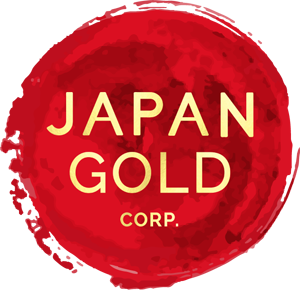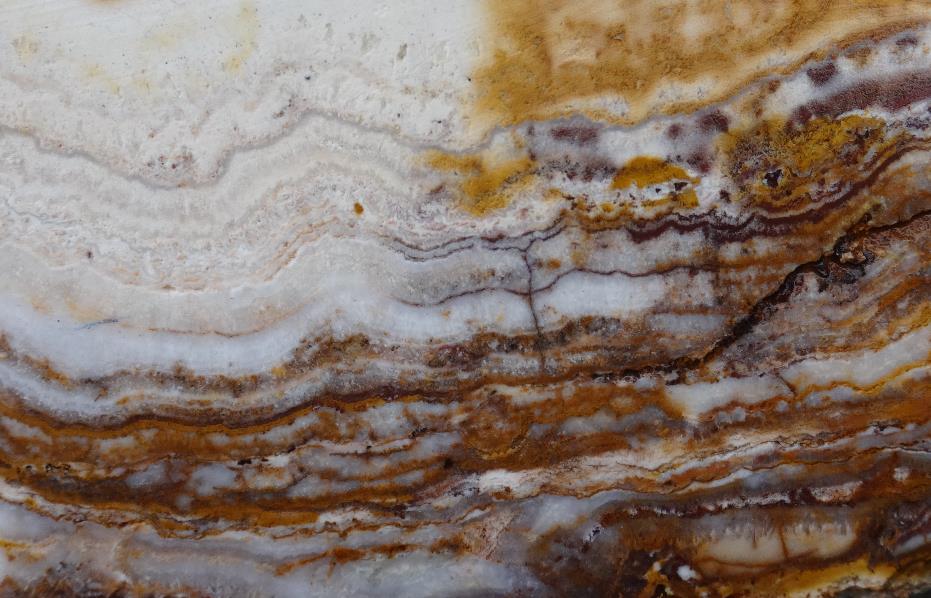Project Detail
The Ikutahara Project is the Company’s most advanced project and comprises 60 prospecting rights applications. All applications have been accepted by the Japanese Ministry of Economy, Trade and Industry (METI). Thirty eight of the 60 applications have been converted to Prospecting Rights, allowing for more advanced forms of exploration including drilling.
Japan Gold is currently applying for drilling permits on the Kitano-o and Ryuo prospects within the Ikuthahara project. The project covers 17 historical gold mines and workings. These prospects were discovered and intermittently mined between 1910 and 1943. The project area has seen only limited exploration since that time.
Prospectivity
Japan’s third largest gold mine, Konamai, which operated between 1917-1974 and produced over 73 t or 2.3 Moz of gold at an average grade of 6.4 g/t5, is located along the same geological trend 20 kilometers northwest of the Ikutahara Project. The most significant historic gold production in Japan Gold’s Ikutahara project came from the Kitano-o mine (1924-43), reported to have produced 96,450 ounces at a grade of 5.9g/t5 of gold largely from the mining of gold-bearing eluvium associated with sinter deposits and sub-sinter epithermal veins. Lesser gold production is reported from selective hard rock mining of sub-sinter, and volcanic-hosted quartz-adularia-clay veins and stockworks both in, and around the Kitano-o mine area10. Production records sourced for the Ikutahara and Showa mines include the following:
Kitano-o Gold District – Historic Gold-Silver Production Record4.
|
Mine |
Tonnes |
Gold g/t |
Silver g/t |
Operating Years |
Source |
|
Ikutahara |
96,812 |
5.2 |
40.6 |
1934-1943 |
MMAJ, 1990 |
|
216 |
35.6 |
Not recorded |
1960-1961 |
MMAJ, 1990 |
|
|
Showa |
12,323 |
16.8 |
7.8 |
1934-1943 |
MMAJ, 1990 |
Regional setting and metallogeny
The Ikutahara Project lies in the Southwest Kuril magmatic arc, where Neogene volcanism has been active since the Early Miocene1. More than forty low-sulfidation epithermal gold and mercury deposits and prospects are distributed in northeast Hokkaido within the Southwest Kuril arc.
The project area is underlain by Miocene-Pliocene age volcano-sedimentary rocks, and older meta-sedimentary basement, that are prospective for low sulfidation-style epithermal gold-silver vein deposits. Multiple gold-silver and mercury prospects including documented mines and workings are located throughout the Prospecting Rights application area, and the majority comprise epithermal veins, associated with other hot-spring related features such as silica sinter, hydrothermal breccias and widespread hydrothermal alteration.
2017-2019 Work program
Japan Gold has completed a compilation of all available published historical data on the gold mines and mineral occurrences present in the Ikutahara project area. Exploration field activities comprised first pass to detailed geologic mapping and sampling over the majority of the epithermal gold targets. The Company is currently developing high-priority drill targets at Ikutahara, specifically in the Kitano-o Gold District and historical Ryuo mine areas. The main focus being in and around the historic mines and workings, with the aim to rapidly progress these targets through the permitting phase so that they can be drill tested.
2017 Drilling
A drilling permit was granted, and the Company's first scout drilling program was completed at the Akebono prospect in December 2017. Initial drilling results support the presence of high-grade gold shoots in the Akebono vein system previously indicated by historic sampling of underground workings. Complete results can be found in the news release dated February 5, 2018
2019 Phase 1 Drill Program
Phase 1 drill testing of the western side of the Kitano-o Prospect was completed in late December 2019 with 6 diamond drill holes, totalling 2,837 metres. Drilling targeted depth extensions of the western end of a well-defined vein-corridor exposed within extensive shallow open-pits and geophysical anomalies (see February 19, 2020 news release for more information)
2020 Exploration Plans
Based upon the results of Japan Gold’s review of available literature and data, validation by its own in-house field programs and results of preliminary scout drill programs in 2017 and 2019 additional Phase 1 drilling programs are planned in 2020-2021. Continued development of other target areas will include grid-based soil sampling, associated rock geochemistry and geologic mapping, along with ground CSAMT geophysics. Prospect-scale activities will be focused on the Kitano-o East and North Kitano-o (Sakinzawa, Asada Ridge & Toge Ridge) areas.
2021-2022 Work Programs
High-grade gold-silver veins were intercepted in its first drill holes at the Ryuo Prospect, within the Ikutahara Project. The initial drill holes at Ryuo have confirmed wide, high-grade vein mineralization is continuous below the historical workings closed in 1943 (see September 14, 2021 news release for more information).
Following the success of the three initial scout drill holes, additional eight scout drill holes at the Ryuo prospect have continued to encounter high-grade vein intersections along an 800 m open ended strike zone (see February 22, 2022 news release for more information).
Seven additional drill holes at the Ryuo prospect have continued to encounter high-grade veins along the Ryuo alteration corridor, and interpretation of drill core has significantly advanced the understanding of controls on mineralization at the prospect. High-grade gold events have been identified along the length of the prospect in multiple parallel vein zones, and alteration studies prove the system is well preserved (see October 11, 2022 news release for more information).
Eleven new prospecting rights were lodged to cover prospective Miocene volcanics immediately to the north and west of the Ryuo prospect to ensure coverage of potential strike and parallel extension to the Ryuo mineralization.
Drilling at the Saroma prospect has encountered multiple intersections of high-grade silver with gold mineralization along a 1 km length of the Saroma vein. The Saroma vein forms part of a larger, 3.5 km long open-ended district-scale mineralized structure which hosts the Saroma, Chitose and Taiho historical workings, collectively called the Saroma prospect (see December 14, 2022 news release for more information).





